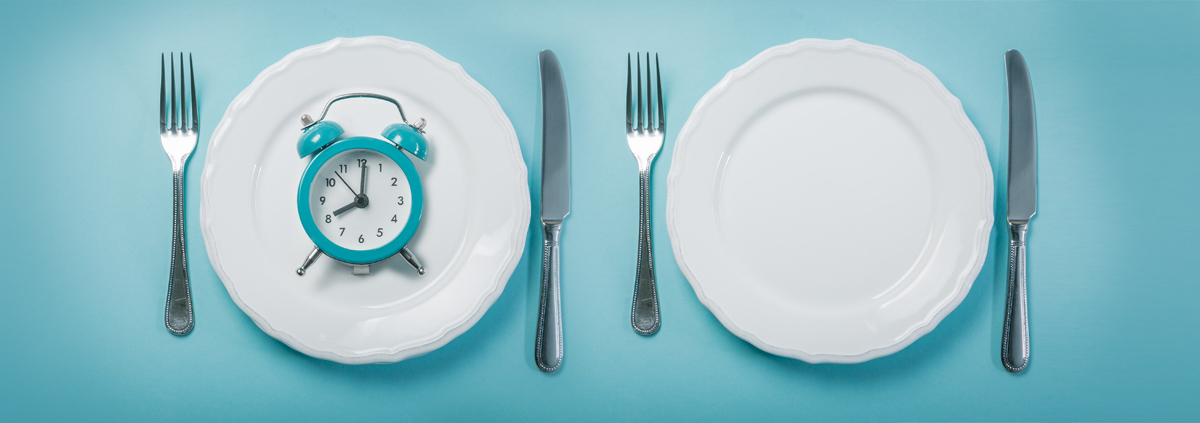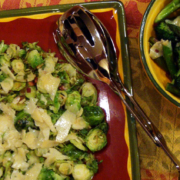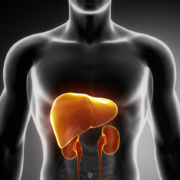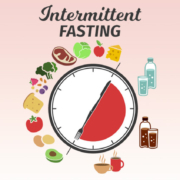Fasting vs. Abstinence
Before I talk about the differences between fasting and abstinence, I want to make it clear that I’m in favor of both approaches when used wisely. I don’t think either is the way you should eat for the rest of your life, but if you have specific objectives to control your weight or to reduce your risk of degenerative disease such as cardiovascular disease, type 2 diabetes, and even reduce your risk of cancer, I think they both can be beneficial. Let’s look at the pluses and minuses of each.
Definitions
Fasting is a controlled reduction in the number of calories eaten in 24 hours.
Abstinence is the complete avoidance of food within a given time frame, whether that’s complete days or specific hours of the day.
Pluses and Minuses: Fasting Versus Abstinence
The pluses:
Both fasting and abstinence take in fewer calories than the body needs, which can help with weight loss if sustained long enough.
Fasting can help you handle hunger because you’re eating something eventually.
Fasting can also force your body to deplete all glycogen stores, depending on the source of the calories.
Abstinence forces the body to use all storage forms of sugars; then it uses stored fat as a fuel, increasing the supply of ketones for fuel.
When fasting, calories can be manipulated during the day to ensure you can eat before exercise if it’s required.
With abstinence, no thinking is necessary; you don’t eat anything when you’re abstaining from food.
The minuses:
With abstinence, you’re taking in no calories, so hunger can become an issue.
If you need to eat before you exercise, abstinence will limit the time of day you can exercise.
When fasting, deciding what to eat and when to eat it requires planning; that can be challenging for some people while making life easier for others.
There are more pluses and minuses for each approach, but I think that these are the most significant upsides and potential downsides of each.
The Bottom Line
As I said at the beginning, I’m in favor of both approaches. They both have merits and challenges—the key is using them wisely.
Next week, I’m going to give you examples of abstinence and fasting and how to use them. In the meantime, give the abstinence approach a ride around the block. Don’t eat for 18 consecutive hours on Sunday or Monday (that includes the time you’re asleep, limiting your eating to just six hours; you get to decide whether to eat the first six or last six consecutive hours you’re awake.) You also get to decide what you’re going to eat. Don’t try it if you have a severe metabolic disorder such as type 1 or uncontrolled type 2 diabetes.
What are you prepared to do today?









